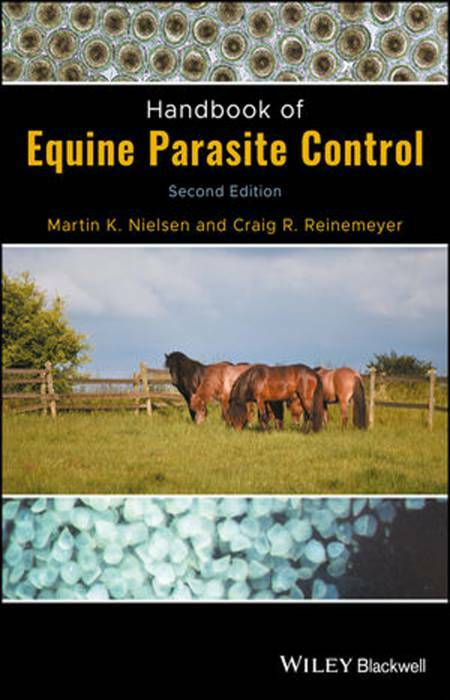Handbook of Equine Parasite Control 2nd Edition. “Parasite control is confusing.” “There are so many opinions out there.” “What’s wrong with continuing to follow our historical practices?”
Handbook of Equine Parasite Control 2nd Edition

Statements like these are commonly made by people who reach out to us with questions about this topic. While we understand these frustrations, they are really unnecessary and they are the main reasons for writing this book, which now emerges in its Second Edition. Equine parasitology is a very small research field with a limited number of scientists involved across the world. One would not expect a lot of new information to be developed in just a handful of years. Nonetheless, a substantial amount of new knowledge has been generated and relevant technology has emerged since the First Edition of this book was published in 2013. Thus, we found it timely to update the contents and publish a Second Edition.
It has been our ambition from the very beginning to make this a practical book, written in straightforward language, and we have attempted to retain this style in the Second Edition. The case scenarios near the end of the book serve as a testament to this ambition. Having said that, we realize that the text may appear some what academic to some, and we make extensive use of scientific‐style references throughout. Although the majority of readers are unlikely to look up references and read scientific papers, we know from experience with the First Edition that a proportion will do this. Therefore, we have expanded the reference lists with papers published within the last five years.
In a world where any kind of information can be disseminated globally in a matter of seconds, we believe that basing recommendations on credible and peer‐reviewed evidence is the only responsible approach for a publication such as this. Veterinary textbooks and the scientific literature are full of examples of statements that are repeated through generations. In the end, no one remembers where the statement originated or why a specific practice was initiated. When the literature is searched meticulously, it is often found that a statement has been misconstrued or that it was never based on objective data to begin with. Along those lines, revisiting the literature helped us to identify some misleading and even erroneous content that appeared in the First Edition. Yes, we are also guilty of making unsubstantiated assumptions.
Direct Link For Paid Membership: –
This Book is Available For Premium Members Only (Register Here)
Unlock 3000+ Veterinary eBooks or Go To Free Download
Direct Link For Free Membership: –
| File Size: | 4 MB | |
| Download Link: | Download | |
| Password: | PDFLibrary.Net (if Required) | |
